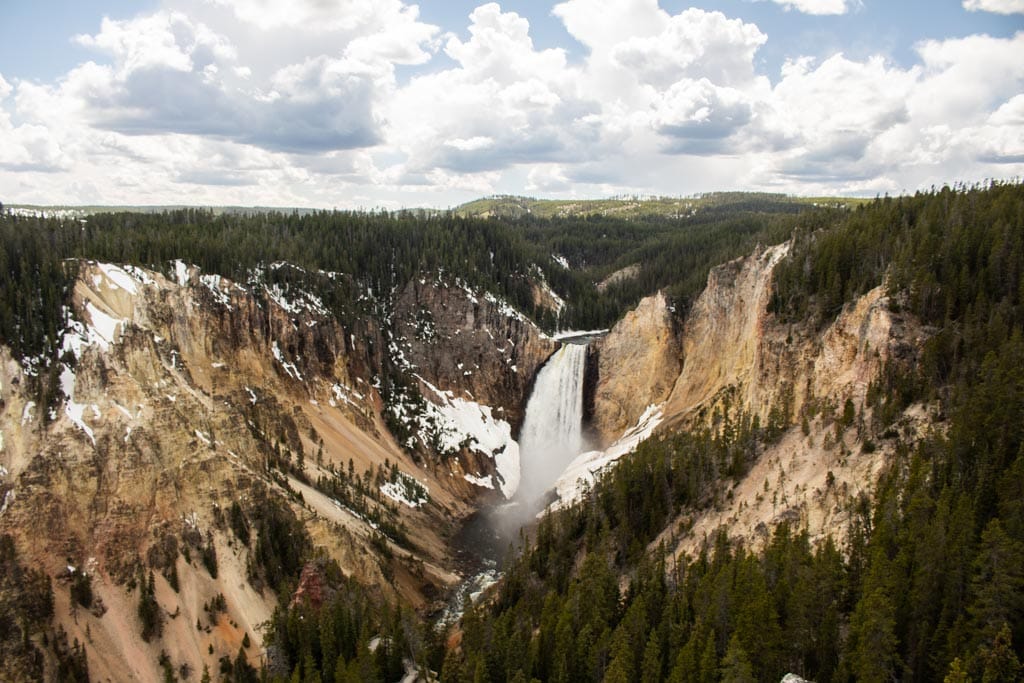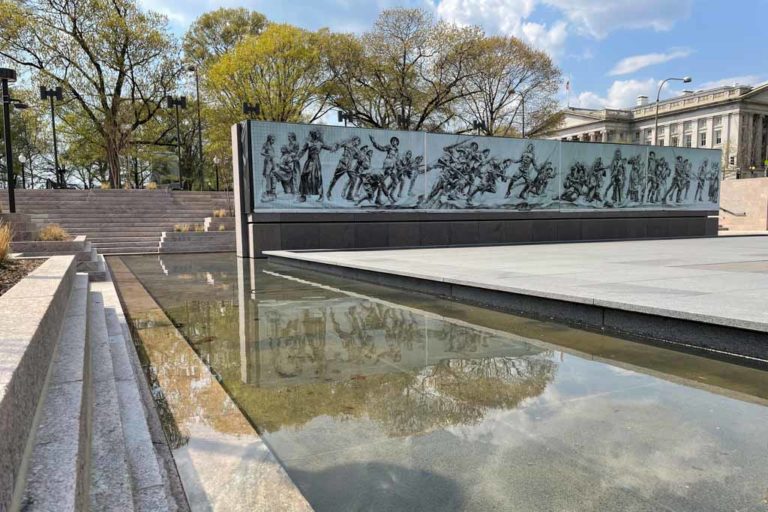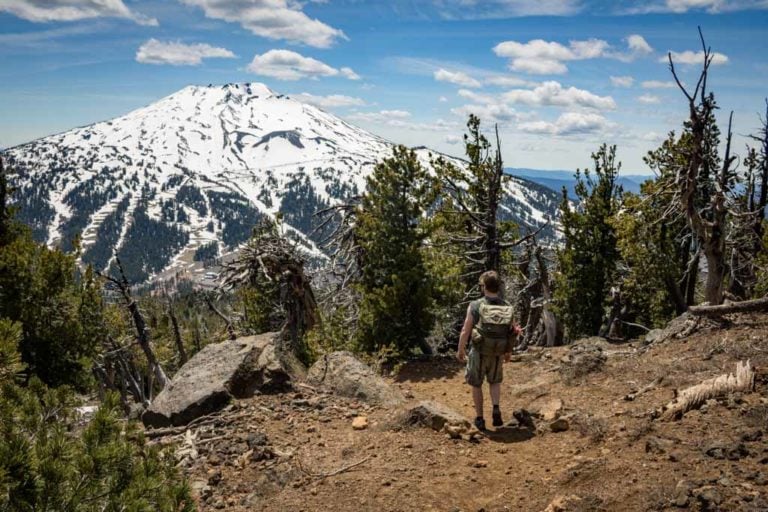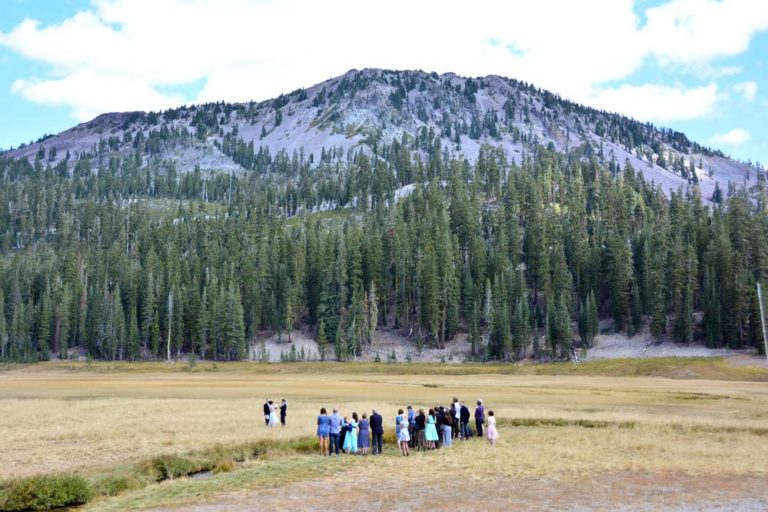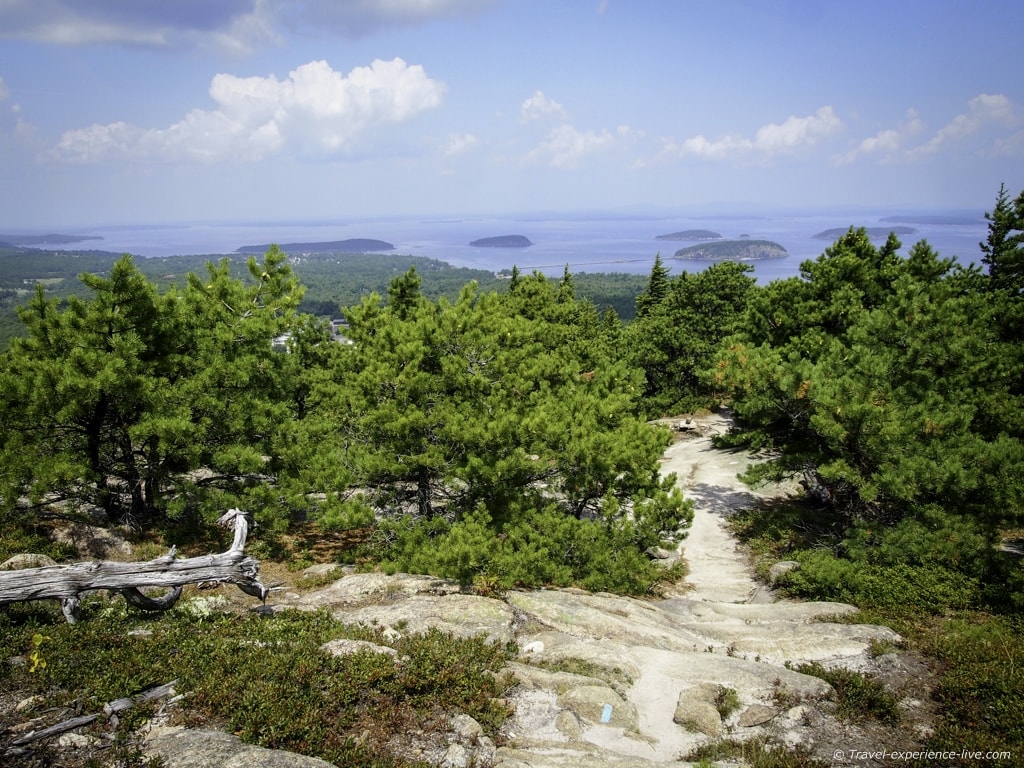Read Yellowstone’s 2023 State of the Park Report
This news story about Yellowstone National Park’s 2023 State of the Park Report is based on a March 1, 2023, National Park Service press release. You can read the original release here.
On March 1, 2023, Yellowstone National Park released its 2023 State of the Park Report. The date of the release is no coincidence: March 1 is the birthday of Yellowstone National Park, which marks its 151st anniversary this year.
The State of the Park Report “provides updates in each of the park’s strategic priorities and spotlights the immense progress made by the park’s teams and partners over the past two years,” the park said in a statement.
Yellowstone National Park Superintendent Cam Sholly said that “more than ever, we recognize the outstanding value of the team here in Yellowstone, the support we’ve received from the National Park Service, Department of the Interior, and other partners who have helped us achieve success in so many areas.”
“Despite the tremendous number of challenges we have faced over the past several years, we continue to make substantial progress in many areas important to the future of Yellowstone,” Sholly said.
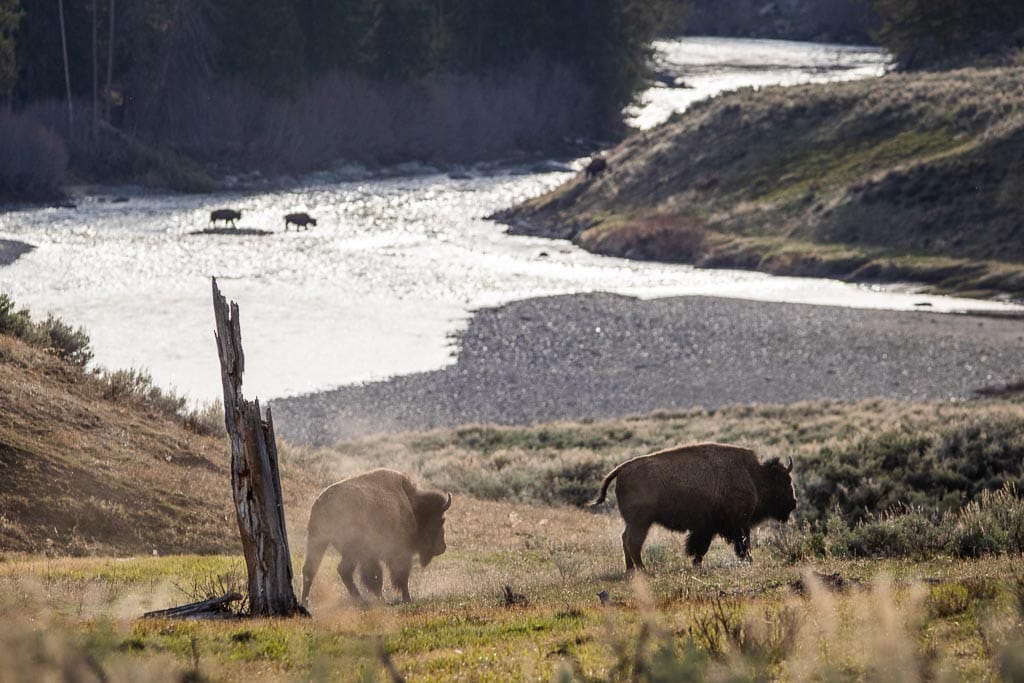
Read the Yellowstone National Park 2023 State of the Park Report
The report highlights the park’s response and recovery efforts during the historic flood event in 2022 and its efforts to commemorate Yellowstone’s 150th birthday last year.
It also features the numerous actions taken to strengthen the Yellowstone ecosystem, improve park staff conditions, enhance visitor experiences, invest in new infrastructure, and build partnerships and coalitions.
For anyone interested in the current state of Yellowstone National Park, I strongly recommend reading the 2023 State of the Park Report.
It’s very comprehensive, elaborate, and incredibly detailed, but also includes lots of great photos and plenty of stats, graphs, and timelines.
You can read the entire 2023 State of the Park Report in PDF form on the Yellowstone website.
Strategic Priorities of Yellowstone National Park Management
The 2023 State of the Park Report also provides an overview of how the park’s strategic priorities, which were outlined in 2019, are progressing. Those priorities focus on five key concepts: core, resources, experience, infrastructure, and partnerships.
See the complete strategic priorities of Yellowstone National Park below, along with their specific actions.
Focusing on the CORE
Support the Yellowstone team first
- Improve employee housing, work conditions, health and wellness, team engagement, interdivisional respect and collaboration, accountability, professional development, hiring processes, internal communications.
Improve strategic management and business acumen platforms
- Improve financial management practices, priority setting processes, project formulation, workforce performance.
Advance operational/organizational alignment and effectiveness
- Develop more efficient operational and programmatic alignments to improve resource sharing, communications, and organizational performance.
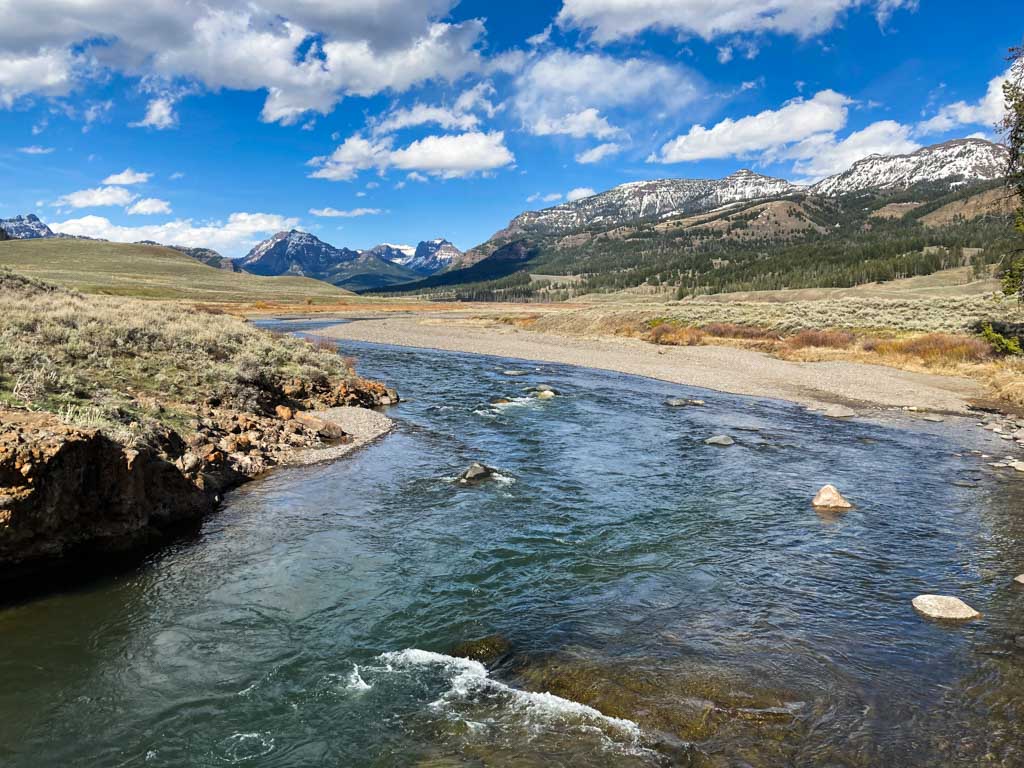
Strengthening the Yellowstone Ecosystem and Heritage RESOURCES
Advance and sustain the Yellowstone ecosystem
- Understand and respond more effectively to climate change impacts;
- Advance and sustain Yellowstone wildlife management and large landscape conservation efforts;
- Identify new cooperative conservation opportunities with states and partners (i.e., wildlife corridors);
- Continue building scientific capacity to improve decision making within the ecosystem;
- Improve environmental sustainability.
Protect, preserve, and improve cultural resources
- Understand and respond to environmental changes affecting cultural resources;
- Build effective climate adaptation strategies and response planning;
- Improve conditions of historic structures;
- Protect archeological sites, collections, and archives;
- Promote Tribal heritage and collaboration.
Ensure effective resource planning and compliance
- Integrate NEPA, NHPA, legal requirements effectively into internal decision processes.
Advance sustainability
- Lead and deliver on sustainability issues within the NPS and collaborate with local partners;
- Improve energy conservation and support renewable technologies where feasible;
- Improve water management by identifying efficiencies and upgrades in treatment plants, pipes, and fixtures;
- Reduce fuel use and greenhouse gas emissions by transforming the size, types of vehicles, and technologies used in the park;
- Reduce waste and prevent pollution;
- Adapt infrastructure to a changing climate;
- Inventory, identify, map and evaluate bone yards, dump sites, and environmental and hazardous waste locations throughout the park.
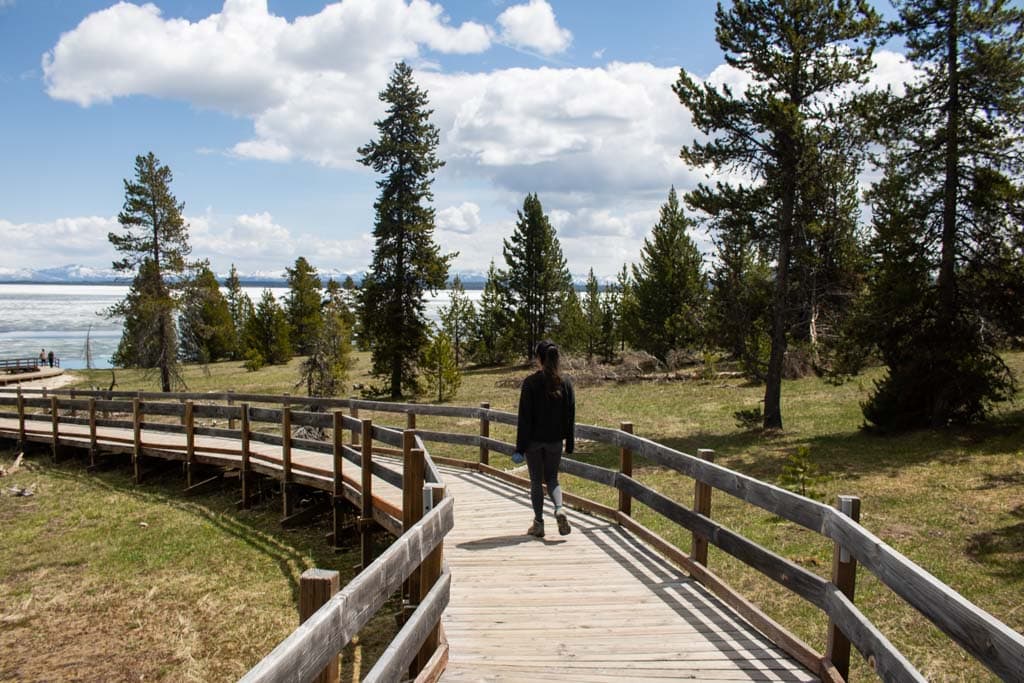
Delivering a World-Class Visitor EXPERIENCE
Understand and respond to increased visitor use
- Develop effective visitor use strategy that focuses on protecting park resources, staffing/infrastructure, improving visitor enjoyment/recreation opportunities, and collaborating with gateway communities.
Protect people and resources
- Provide high levels of public safety, law enforcement, resource protection, emergency response, and other related services.
Connect people to Yellowstone
- Build world-class interpretive and educational experiences/programs using innovative technology, youth and community outreach, and citizen services.
Improve visitor services and amenities
- Provide exceptional facilities and amenities relating to accessibility, connectivity, recreational opportunities, and sustainable practices.
Investing in INFRASTRUCTURE
Build effective administrative framework
- Develop infrastructure investment strategy, improve condition data, project scoping, planning and design processes, and short and long-term fund source priorities.
Improve condition of employee housing and workspaces
- Improve existing housing, replace obsolete housing, identify external housing partnership opportunities.
Improve and maintain condition of transportation-related infrastructure
- Improve condition of park bridges, roads, parking lots, and other transportation priorities.
Improve condition of historic structures and other cultural resources
- Rehabilitate condition of high-priority historic assets.
Improve condition of visitor service and public health-related infrastructure
- Improve condition of wastewater critical systems and fresh water critical systems;
- Improve liquid propane gas and electrical generation/distribution systems;
- Improve entrance stations, amphitheaters, and campgrounds;
- Improve concession-assigned facilities and infrastructure, trails, boardwalks, and marinas.
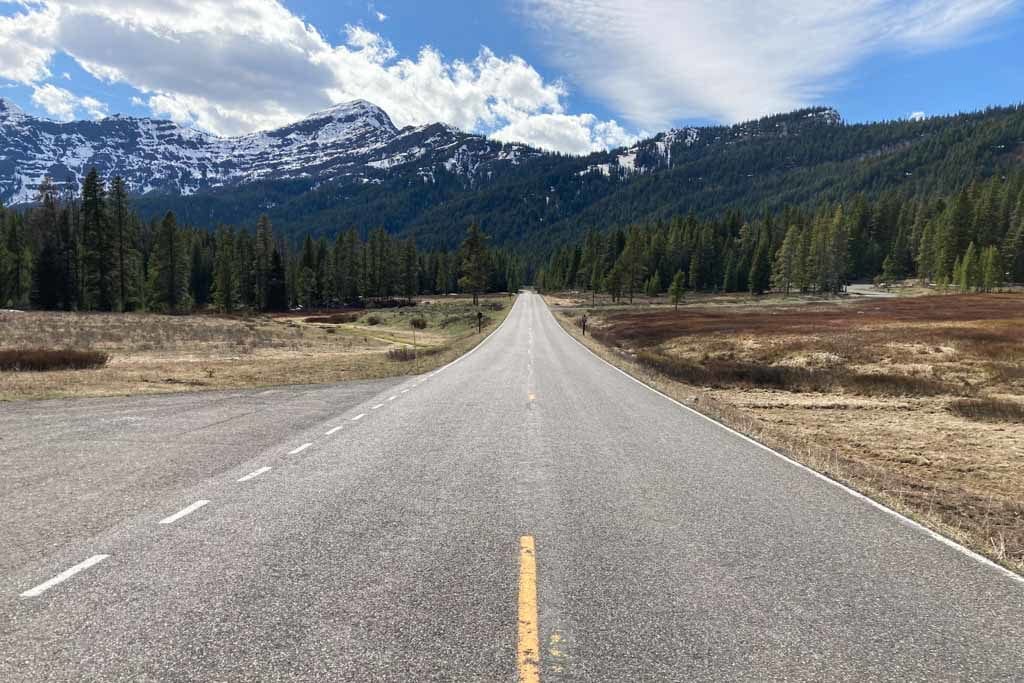
Building Coalitions and PARTNERSHIPS
Become a higher-performing Yellowstone team
- Build relationships within/across division, district, and programmatic boundaries;
- Seek new ways of collaboration and partnership for the benefit of One Yellowstone;
- Actively communicate across all park and NPS levels.
Strengthen Yellowstone Forever and philanthropic capacity
- Support ongoing capital/programmatic investments with Yellowstone Forever;
- Continue building a robust philanthropic platform;
- Collaboratively develop/prioritize future projects.
Build trust with gateway communities
- Strengthen partner relations with gateway community leaders;
- Communicate on regular schedules with community stakeholders;
- Develop responsive actions and mutual collaboration areas where appropriate.
Honor Tribal legacies and heritage
- Cultivate close relationships with Tribes;
- Convey appropriate Native American heritage through education, public outreach, and programming efforts and Tribal connections.
Cultivate relationships with elected officials
- Build and maintain strong relationships with members of Congress;
- Strengthen close relationships with political officials at state and local levels.
Strengthen conservation, environmental, business and recreation coalitions
- Cultivate close relationships with conservation partners, concessioners, business and recreation partners, and environmental partners who share values consistent with the NPS mission and Yellowstone.

